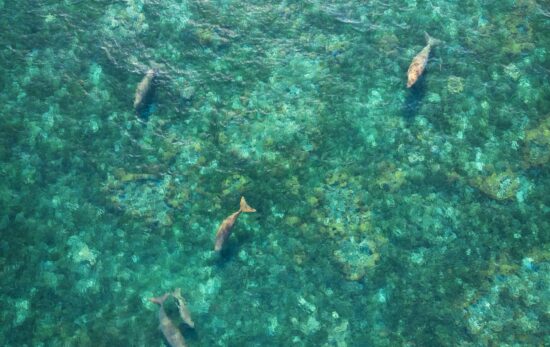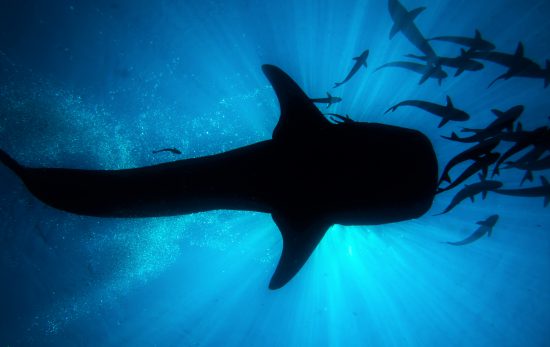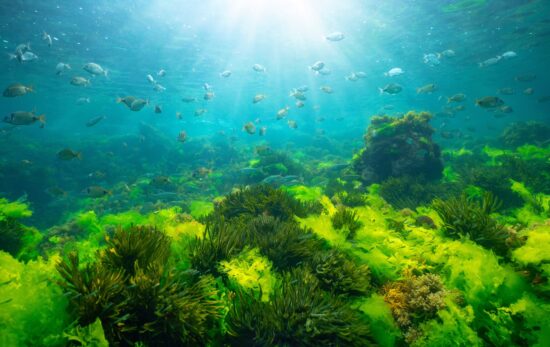Marine life is a massive part of why people go scuba diving, and without corals, there wouldn’t be any reef life. Without our oceans, there also wouldn’t be any life on Earth. So, in this Blog, we want to celebrate hard corals and reveal some facts about them that you might not know. We hope that the next time you go diving, you take a little extra time to look at the planet-saving hard corals around you. So, without further ado, here are some top facts about brain coral and other hard corals…
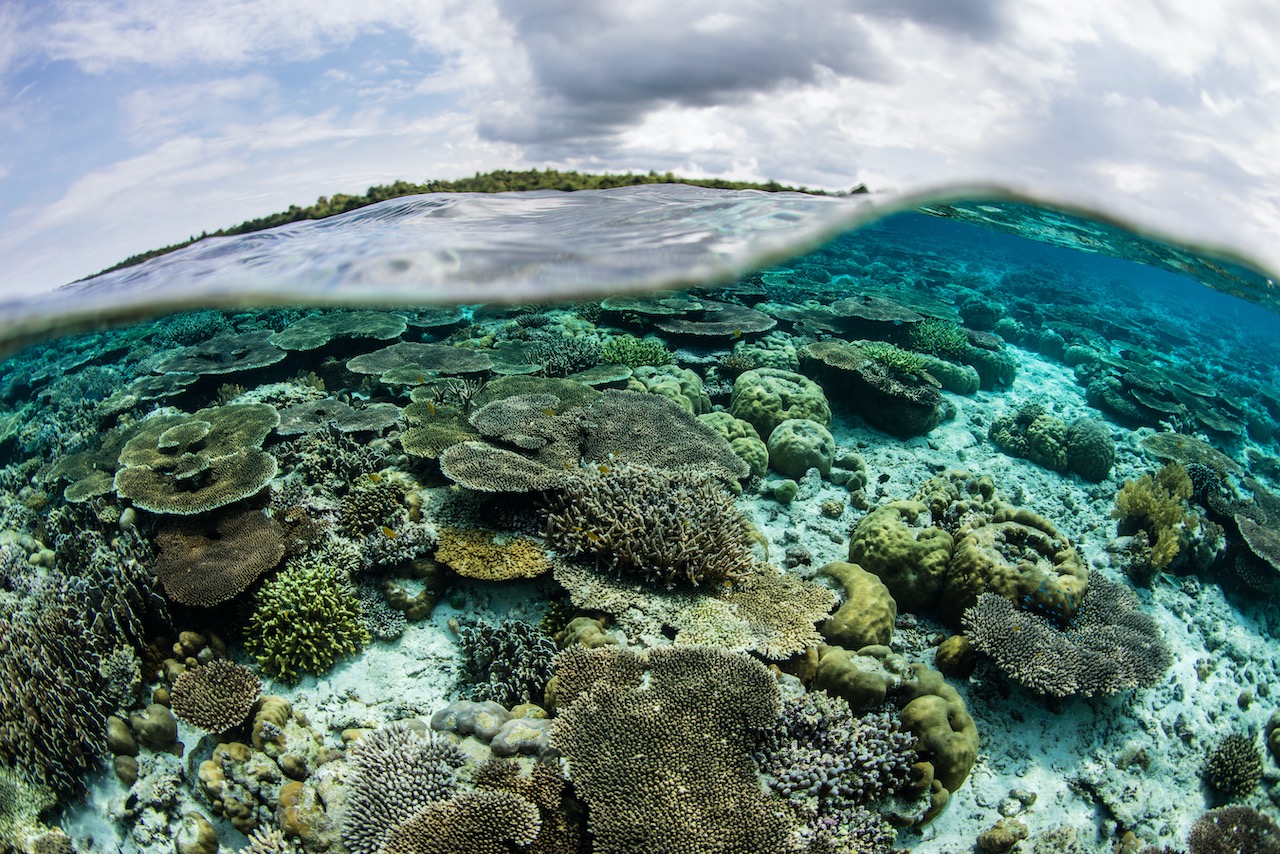
Hard Corals
Hard corals are the framework that forms coral reefs (hence the name ‘reef building’). There are over 3,000 species of hard corals, which are also known as stony corals, reef-building corals, or hexacorals. One of the most common types of hard coral is brain coral (Platygyra), found globally. Other common types of hard coral include table corals, branching corals (Acropora), and plate corals (Monitpora). Still, there are many different species to be found around the world.

Hard Coral Polyp
Hard corals are not plants – They are actually animals that are known individually as polyps. Polyps are related to anemones and jellyfish. They develop in colonies that form entire reef structures. Only hard corals can build reefs – soft corals cannot.
A hard coral polyp has a sac-like body and an opening, or mouth, encircled by stinging tentacles called nematocysts. The polyp uses calcium and carbonate ions from seawater to build itself a hard, cup-shaped skeleton made of calcium carbonate (limestone). This limestone skeleton protects the soft, delicate body of the polyp.
Most coral polyps have transparent bodies. Their skeletons are white, like human bones. Generally, their brilliant color comes from the zooxanthellae (tiny algae) living inside their tissues. Several million zooxanthellae live and produce pigments in just one square inch of coral. These pigments are visible through the transparent body of the polyp and are what gives coral its beautiful color. You only have to look at the rich pink / red color of a brain coral to see this phenomenon in action.

Coral Bleaching
Hard corals can be affected by coral bleaching. Coral bleaching occurs when sea temperatures rise to a level that causes the coral to expel the zooxanthellae (algae). Without the algae, the coral’s white skeleton is visible, giving a bleached-like effect. When coral bleaching occurs, the coral is not dead, and if water temperatures drop, the algae will return to the coral. During bleaching periods, corals are under intense stress, and during a long period of bleaching, some corals will not survive. Learn more about bleaching in our Blog Threats to Coral Reefs.
Coral Species
Some species of hard corals have multiple common names. The common names are usually, directly related to the appearance of the coral. For example, brain coral is also known as brain worm coral or maze coral. Plate coral is also known as leaf or lettuce coral. If you want to learn more about brain corals, other coral species, and their part in marine environments, get involved with Coral Watch or take the PADI Project AWARE Specialist Course.
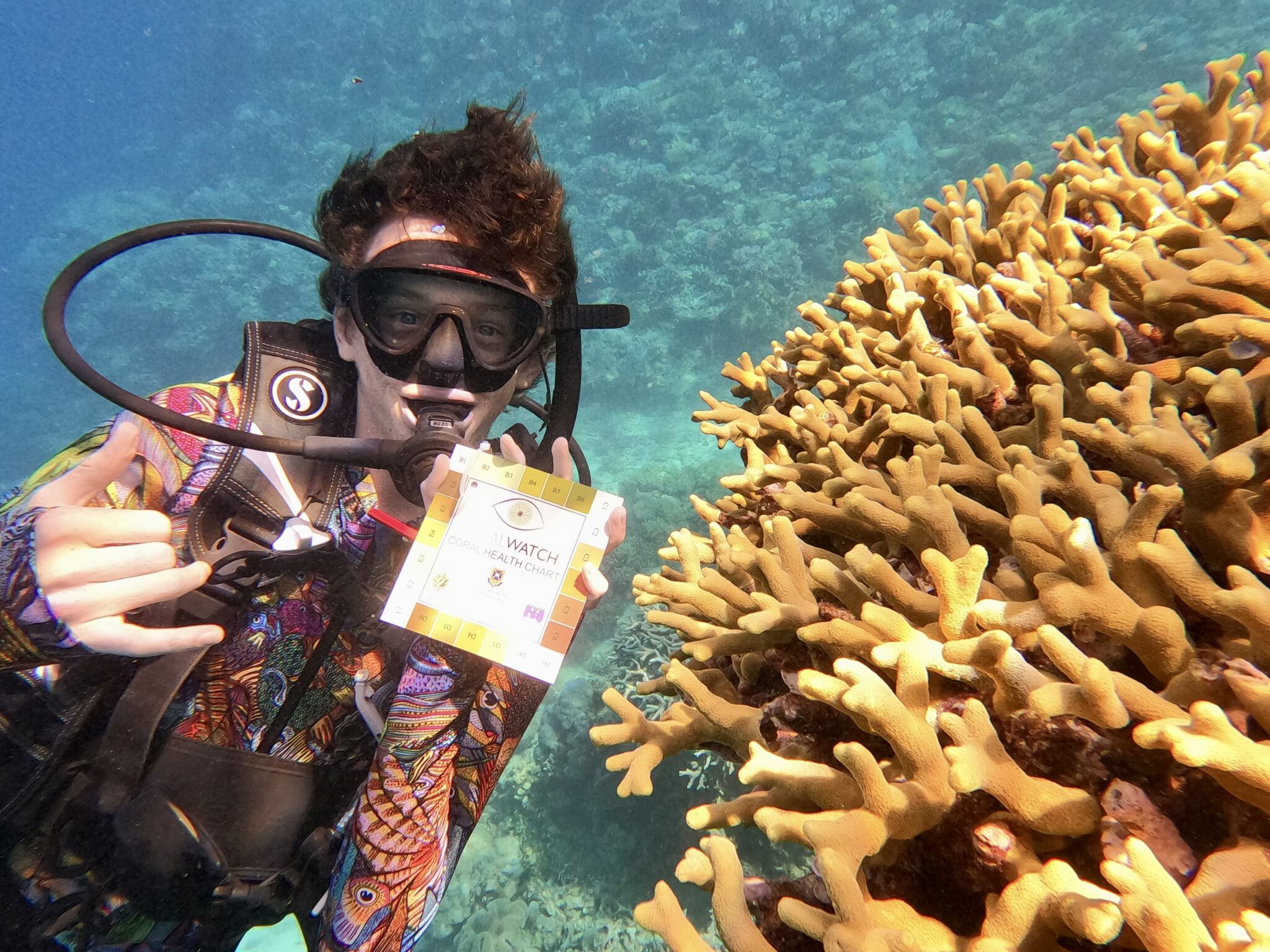
More Interesting Facts
- Did you know that corals are predators? They might not look like it, but they are! Most hard corals feed at night when the polyps extend and sting, passing plankton, and even small fish. It is interesting to note however that only 10% of the coral’s energy comes from the food it eats in this way.
- Corals live in symbiosis with zooxanthellae. The algae which live on the coral rely on photosynthesis to produce energy in the form of glucose (sugar). This algae-derived sugar gives the coral 90% of its energy. In return, the coral provides the algae with a protected environment and compounds required for successful photosynthesis.
- The majority of hard corals grow in warm waters at depths less than 60 meters – but some species of deepwater corals can tolerate temperatures as low as 3 – 4 ºC and depths of up to 2,000 meters.
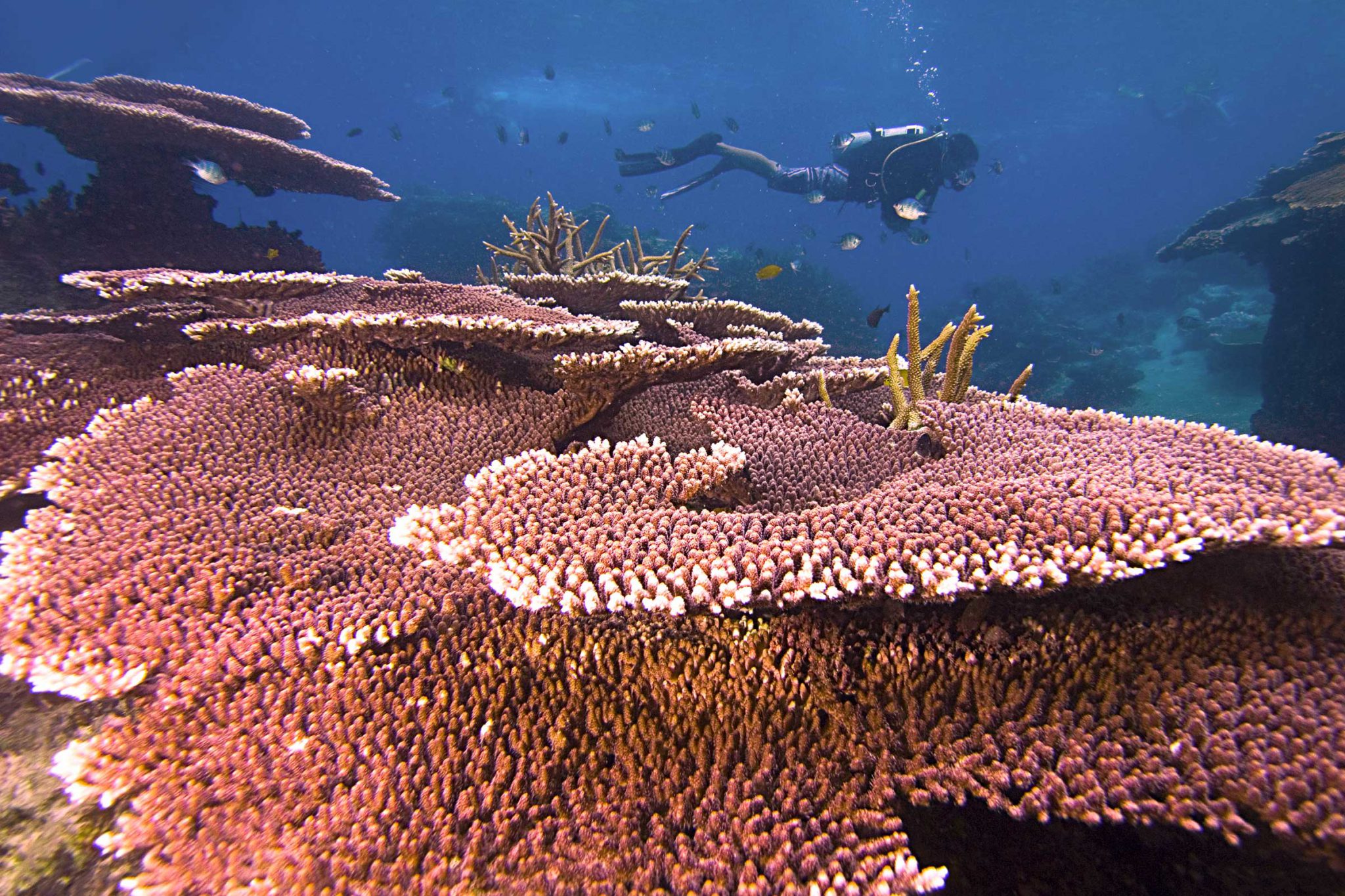
- After a full moon, corals reproduce once or twice a year when there is a mass-spawning event. The polyps release eggs and sperm into the water at the same time. The eggs float to the surface, and the sperm swim up to fertilize them. A few days after fertilization, the newly formed embryo will sink down to the seafloor and take root as a brand new coral!
Learn more about coral reef habitats and how you can help conserve these vital systems with the Coral Reef Conservation PADI course.
Take a look at our Blog 10 Astounding Coral Reefs to Visit for inspiration, and book your next scuba travel adventure around the world with PADI Travel.

